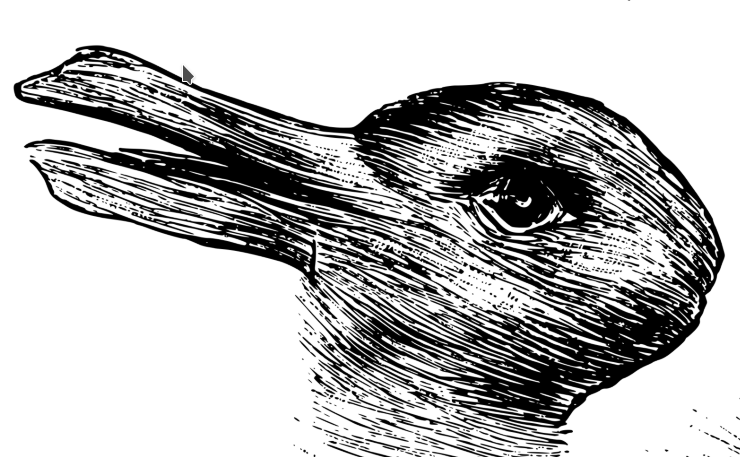taphonomy of worlding
![Power Figure (Nkisi N'Kondi: Mangaaka) [image from internetarchive.net of object held metmuseum.org]](https://whyweshould.loofs-samorzewski.com/media/posts/239/Power-Figure-Nkisi-NKondi-Mangaaka.webp)
This is a header or linkpost page for entries in a 'taphonomy of worlding'.
This is inspired by Raymond Williams Keywords: A Vocabulary of Culture and Society which is a dictionary-like book of essays on the uses of words, which started life as an appendix. The work looks at words which do a lot of heavy lifting in our culture, and so may be very well-known, but lack a degree of clarity due to their varied uses in various areas, but I would add, lack any useful blur that might allow a wisdom to pop out at one. A lot of clarity is just knowing things are, in fact, blurred, blurry or blurring. Raymond Williams works his way through that in the ways words are used to argue, discuss, and create all our things.
I recommend the reader at least familiarised themselves with the wikipedia entry about the book. I would also add that the reader then go and read the book.
I grew up with the revised and expanded edition of Keywords published by Fontana in 1983. (And apparently there is a newer but 20 year old one, must get that).
The main purpose of the ‘taphonomy of worlding’ is to write essays on words as they inform ideas and concepts, if not categories and ritual, from the perspective of my take on our evolution as a social learning species in which groups of related and non-related apes compete for individuals as members. See the essay why we should for the beginnings of this.
To put this perspective another way: how we self our worlds among other selves doing the same, and that this is the world we must live in.
The word taphonomy refers to the study of processes by which the remains of past lives are preserved as fossils and thus can be read. I use the term taphonomy not to merely indicate the origins of things, which is a story subject to its own ‘taphonomy’, but more to highlight the processes by which things are preserved, maintained, and thus used up. The main difference between bones and words is that bones are preserved by other materials and processes, whereas words are preserved by words, complicating the intellectual endeavour of understanding our endeavours.
A major difference is that this is not a historical work, as either an etymological dictionary, or like the cultural intellectual history of Raymond Williams, but instead assumes a point of view based on the worlding we do, as we self ourselves among others doing the same.
Raymond Williams Keywords: A Vocabulary of Culture and Society Croom Helm, 1978, [London].
See also languages fossilised themselves as a reprise of this introduction.
Entries in taphonomy of worlding:
